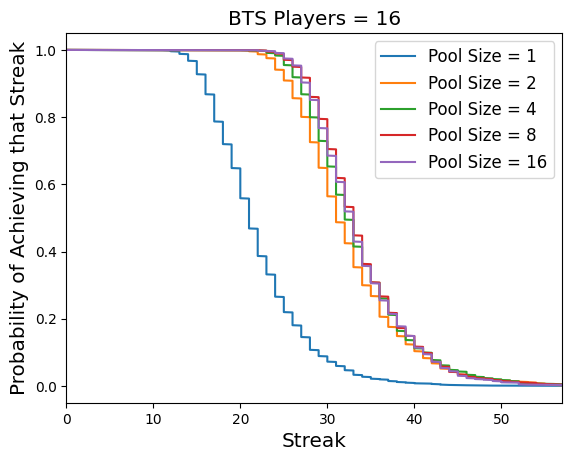Putting Gemini 2.5 Pro Experimental to the Test on Challenging Math Puzzles
The pace of progress in Artificial Intelligence is truly staggering. Every few months, it feels like we see new capabilities emerge that were recently considered science fiction. As someone fascinated by problem-solving, particularly in mathematics, I'm always curious to see how the latest AI models stack up against complex reasoning tasks. Recently, I got the chance to try out Google's Gemini 2.5 Pro Experimental , one of their most advanced models currently under development. Naturally, I decided to put it through its paces using some of the very math puzzles I shared on this blog back in 2016 . These aren't your standard textbook arithmetic problems; many require a degree of logical deduction, abstract thinking, or creative strategy – the kind of things that have traditionally been challenging for computers. I fed the problems to Gemini 2.5 Pro Experimental yesterday, and honestly, I was blown away by the results. It solved all of them. Even more impressively, it n...




